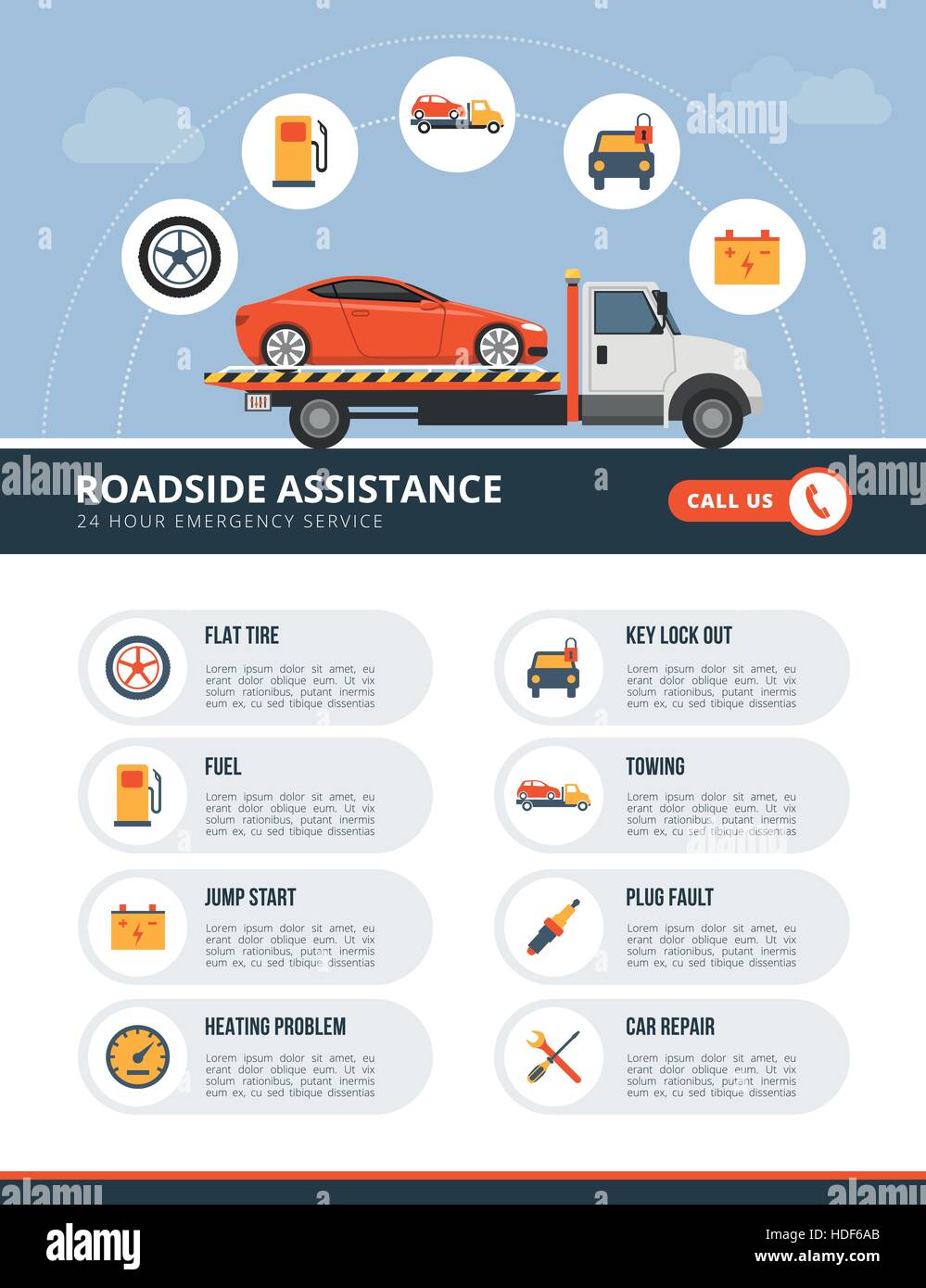Realizing The Relevance Of Your Automobile'S Warning Signals: What They Really Represent
Realizing The Relevance Of Your Automobile'S Warning Signals: What They Really Represent
Blog Article
Material Writer-Samuelsen Dalgaard
When you're behind the wheel, those radiant caution lights on your dashboard can be a little bit complicated. Do you understand what they're trying to inform you regarding your vehicle's health? Understanding the value of these lights is essential for your security and the longevity of your automobile. So, the following time one of those lights pops up, would not you wish to analyze its message precisely and take the needed actions to resolve it?
Common Caution Lighting and Interpretations
Determine usual warning lights in your automobile and comprehend their definitions to make sure secure driving.
The most common warning lights include the check engine light, which signals problems with the engine or emissions system. If this light comes on, it's vital to have your car checked quickly.
The oil stress alerting light suggests reduced oil stress, calling for prompt interest to stop engine damage.
A blinking battery light could recommend a damaged charging system, potentially leaving you stranded otherwise addressed.
The tire stress surveillance system (TPMS) light signals you to reduced tire stress, affecting car security and gas performance. Neglecting this could bring about unsafe driving problems.
The abdominal muscle light indicates an issue with the anti-lock braking system, compromising your ability to quit swiftly in emergency situations.
Lastly, the coolant temperature alerting light warns of engine getting too hot, which can result in severe damages if not fixed quickly.
Comprehending these typical caution lights will help you deal with issues without delay and preserve safe driving conditions.
Relevance of Prompt Attention
Recognizing the usual warning lights in your cars and truck is only the first step; the importance of promptly addressing these warnings can not be stressed sufficient to guarantee your security when driving.
When a warning light illuminates on your dashboard, it's your car's means of connecting a possible problem that needs interest. Disregarding these warnings can result in more severe troubles in the future, endangering your safety and possibly costing you more in repairs.
Prompt interest to cautioning lights can prevent failures and accidents. For example, a flashing check engine light could show a misfire that, if left ignored, might create damage to the catalytic converter. Resolving this without delay can conserve you from an expensive fixing.
In a similar way, a brake system advising light might indicate reduced brake fluid or used brake pads, crucial elements for your safety and security when driving.
Do It Yourself Troubleshooting Tips
If you discover a caution light on your dashboard, there are a few do it yourself fixing tips you can attempt before looking for specialist help.
just click the up coming article is to consult your auto's manual to recognize what the details warning light suggests. Often the problem can be as straightforward as a loose gas cap setting off the check engine light. Tightening cardetailingmangere may resolve the issue.
An additional typical issue is a low battery, which can trigger numerous alerting lights. Examining the battery links for corrosion and ensuring they're safe and secure may take care of the problem.
If a caution light persists, you can try resetting it by disconnecting the cars and truck's battery for a few mins and afterwards reconnecting it. Furthermore, inspecting your vehicle's liquid levels, such as oil, coolant, and brake fluid, can aid fix cautioning lights connected to these systems.
Conclusion
To conclude, recognizing your automobile's warning lights is essential for keeping your vehicle running smoothly and securely. By promptly dealing with these alerts and understanding what they imply, you can prevent pricey repairs and potential breakdowns.
Bear in mind to consult your car's handbook for specific details on each cautioning light and act as necessary to guarantee a hassle-free driving experience.
Stay informed, stay secure when driving!
